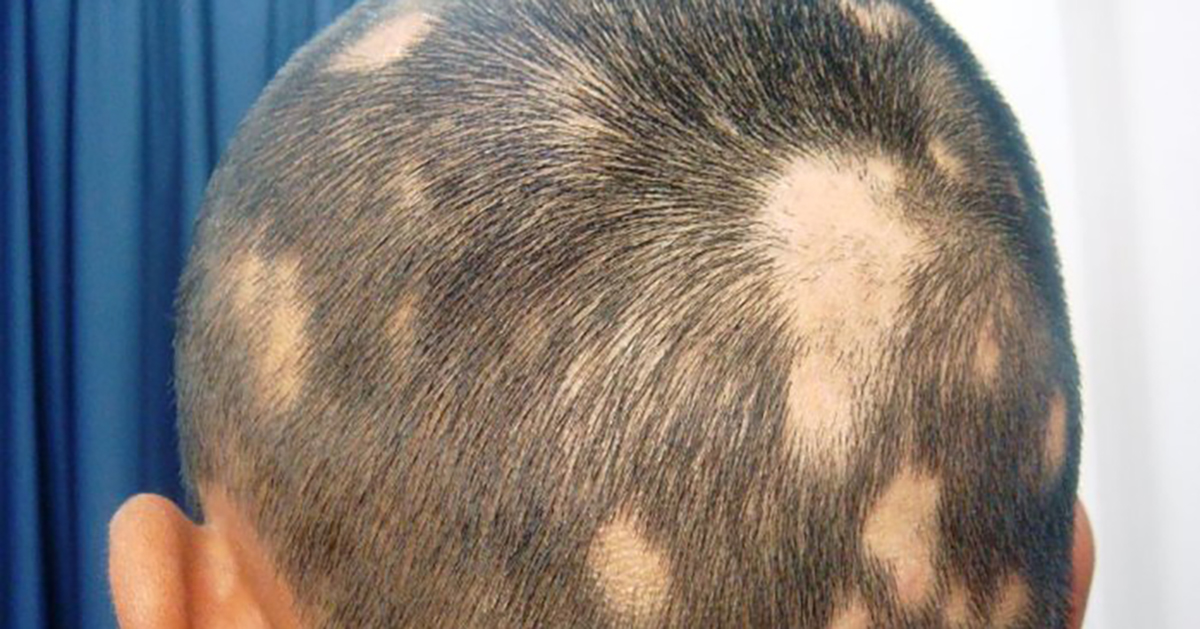The Fundamentals Of Alopecia Areata
Alopecia areata is a common autoimmune condition that often results in the patient losing variable amounts of hair, ranging from a few chunks to becoming completely bald. The disorder affects approximately 6.8 million Americans and can affect both genders at any age. Learn more now about this prevalent condition, what causes it, how it is diagnosed, and what the treatment options are for individuals who are dealing with it.
What Exactly Is Alopecia Areata?

Alopecia areata is a form of hair loss occurring when an individual’s immune system attacks the hair follicles, where hair growth begins, by accident. The damage to the hair follicle is typically not permanent, as a majority of those afflicted recover from the disorder quite effortlessly. Alopecia areata is most common in patients younger than twenty, with children being the most targeted group by this disorder.
However, adults and children of any age can be affected. The severity of the disorder varies, as sometimes it can lead to complete hair loss on the scalp, known as alopecia totalis, or, in extreme cases, it can destroy hair follicles all over the body called alopecia universalis. This autoimmune condition often develops suddenly and over the course of a few days, and patients who experience alopecia areata and who only have a few patches of hair loss typically make a quick, spontaneous, full recovery without treatment.
Signs And Symptoms Of Alopecia Areata

There are numerous visible and obvious signs a patient may be suffering from alopecia areata, as the condition usually begins when clumps of hair fall out randomly, resulting in smooth, round, and hairless patches on the scalp or body. In some specific cases, the hair may become thinner without noticeable baldness, or the hair may grow and break off, resulting in short stubs called ‘exclamation point’ hair. In incredibly rare cases of the syndrome, complete hair loss either on the scalp and body occurs. The hair loss is sporadic, as the hair will grow back approximately within several months, however, it will fall out in other areas on the scalp or body. Although the hair usually grows back the same color and texture, it sometimes can grow back fine and white.
Approximately ten percent of patients may never grow back their hair, as those afflicted with this syndrome are more likely to have permanent hair loss if they develop the condition at a young age, generally before puberty, or for longer than a year, have other autoimmune diseases, and are prone to allergies. Other causes for permanent hair loss include extensive hair loss, and abnormal color, shape, texture, or thickness of the fingernails or toenails, as the nails appear pitted, as if a pin has made many tiny dents in them, or resemble sandpaper.
